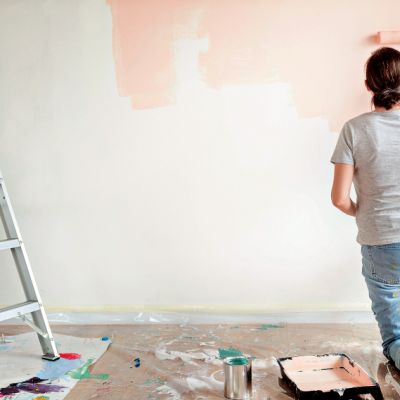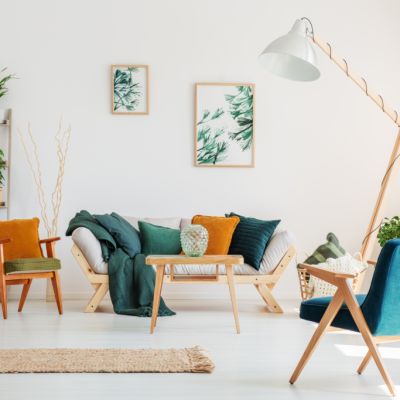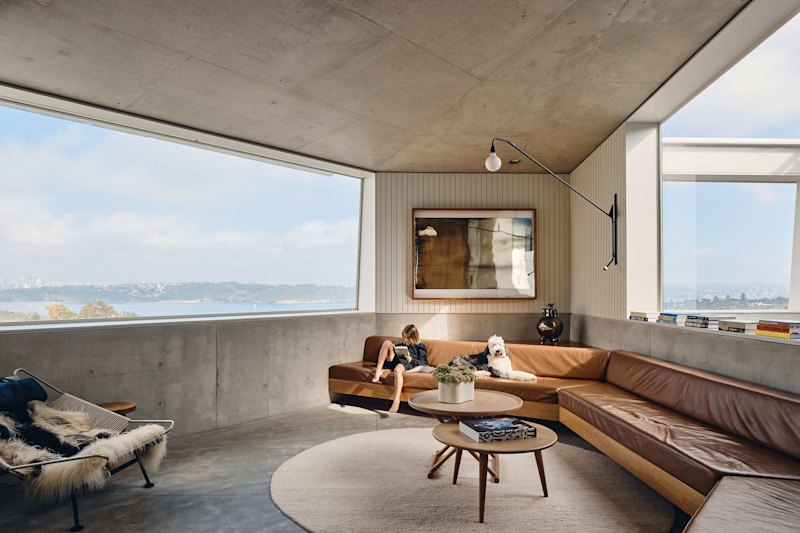How your paint colour choice can affect your mood
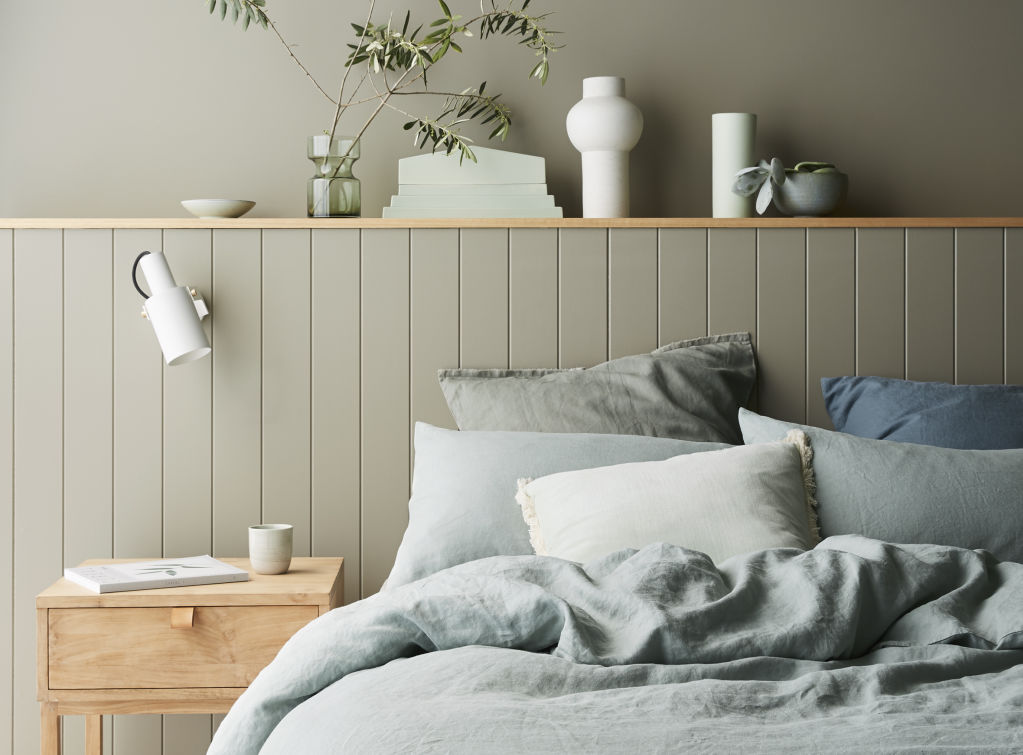
How do you know you’ve settled on the right colour to paint the interior of your home? Well, it’s less about the colour itself, and more about how the colour makes you feel.
Now might be time to reinvigorate those four walls we call home by making a colour choice that enhances our emotional wellbeing.
While white and its various shades have long dominated internal colour schemes, it’s time to rewire your thinking because a rise in soft pastel tones is changing our moods.
Whether it’s neo-mint pastels or tones that connect to the outdoor landscape – think pale rust and musk shades; we’re seeing plenty of these hues in 2020 – where interior colours are taking a leaf from the outdoors for an indoor setting.
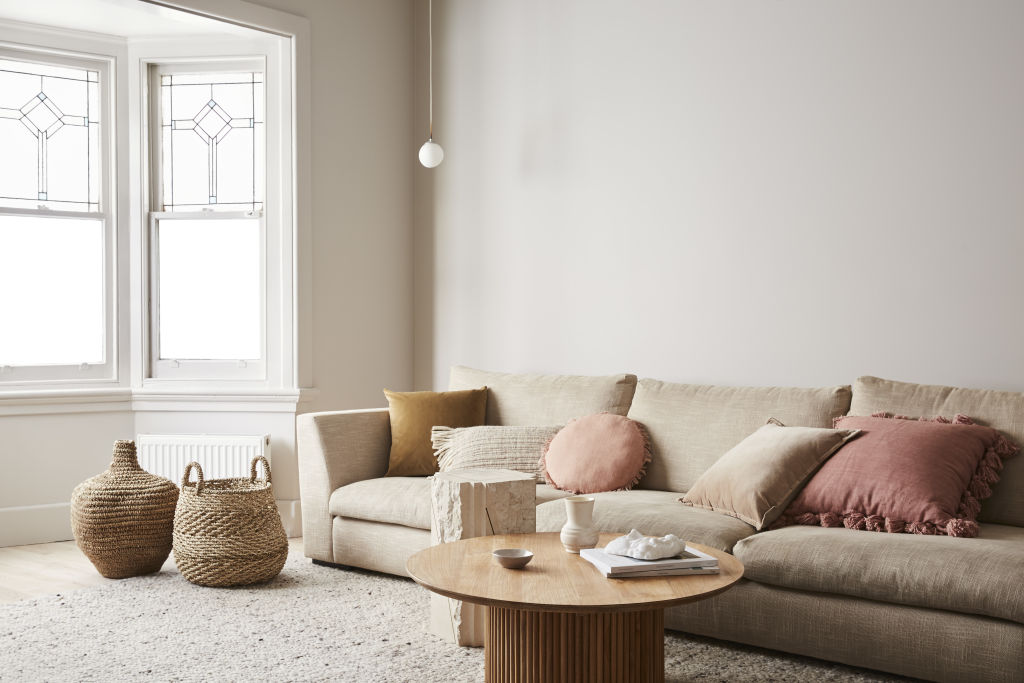
According to colour stylist Wendy Rennie of Haymes Paints, there is no right or wrong choice when it comes to colour; it all depends on what makes you tick.
“People want to create a refuge or a retreat at home now more than ever,” Rennie says. “But what works for your mood might not have the same effect on someone else.
“We do know that people want colours that make them feel nurtured and OK, especially in this COVID time.”
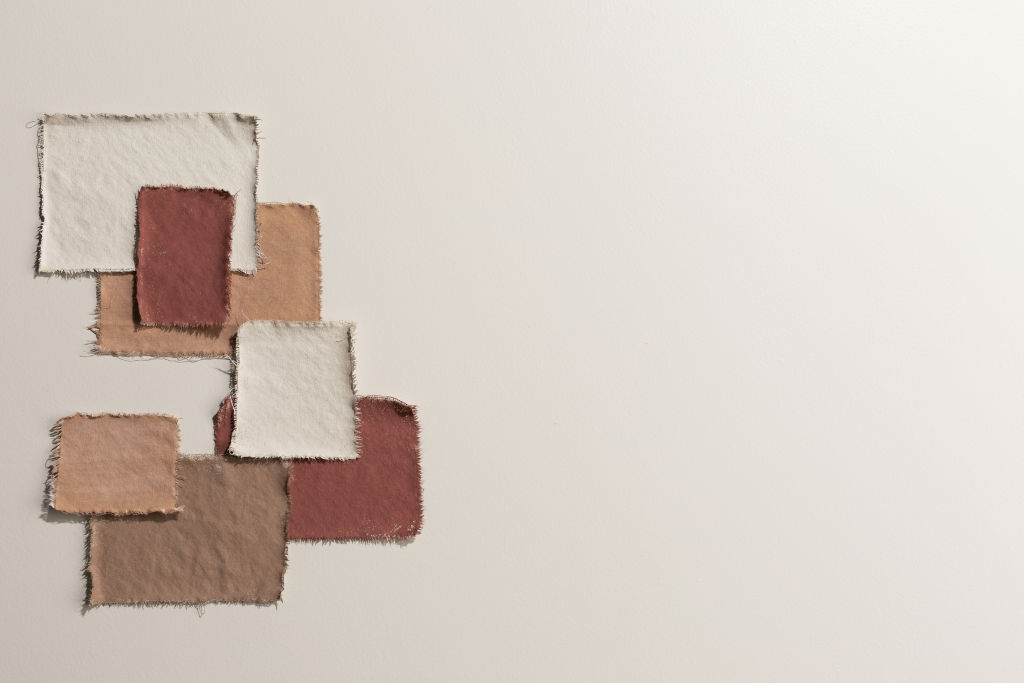
And with that comes less of a demand for white.
“There’s a real rise in pastels as an alternative to white and they’re now classed as neutrals,” Rennie says.
“Neo-mint has been big for the past 18 months; it helps freshen up the earthy neutrals too and it’s really creating a calming sense within the home. People want that connection to nature now more than ever and these softer shades all point to that.”
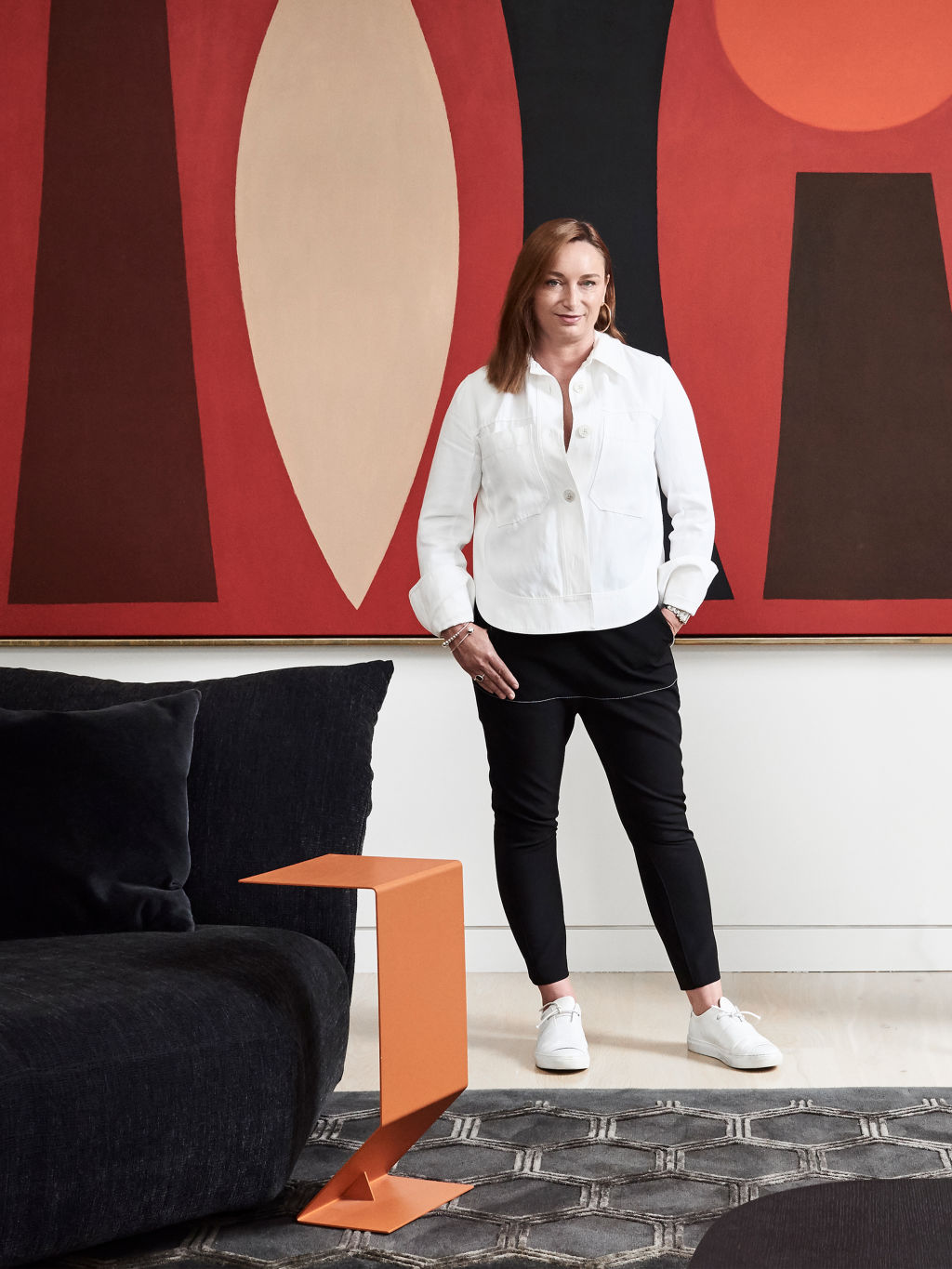
Miriam Fanning is the founder of Melbourne-based award-winning practice Mim Design and a judge in the 2020 Design Files + Laminex Design Awards.
She says there’s been an increase in the use of warmer hues such as terracotta and sandstone colour palettes for walls within the home – a sign that we’re connecting to earthy tones for an emotional balance, too.
She also says what enhances our psychological mood doesn’t begin and end with paint, either.
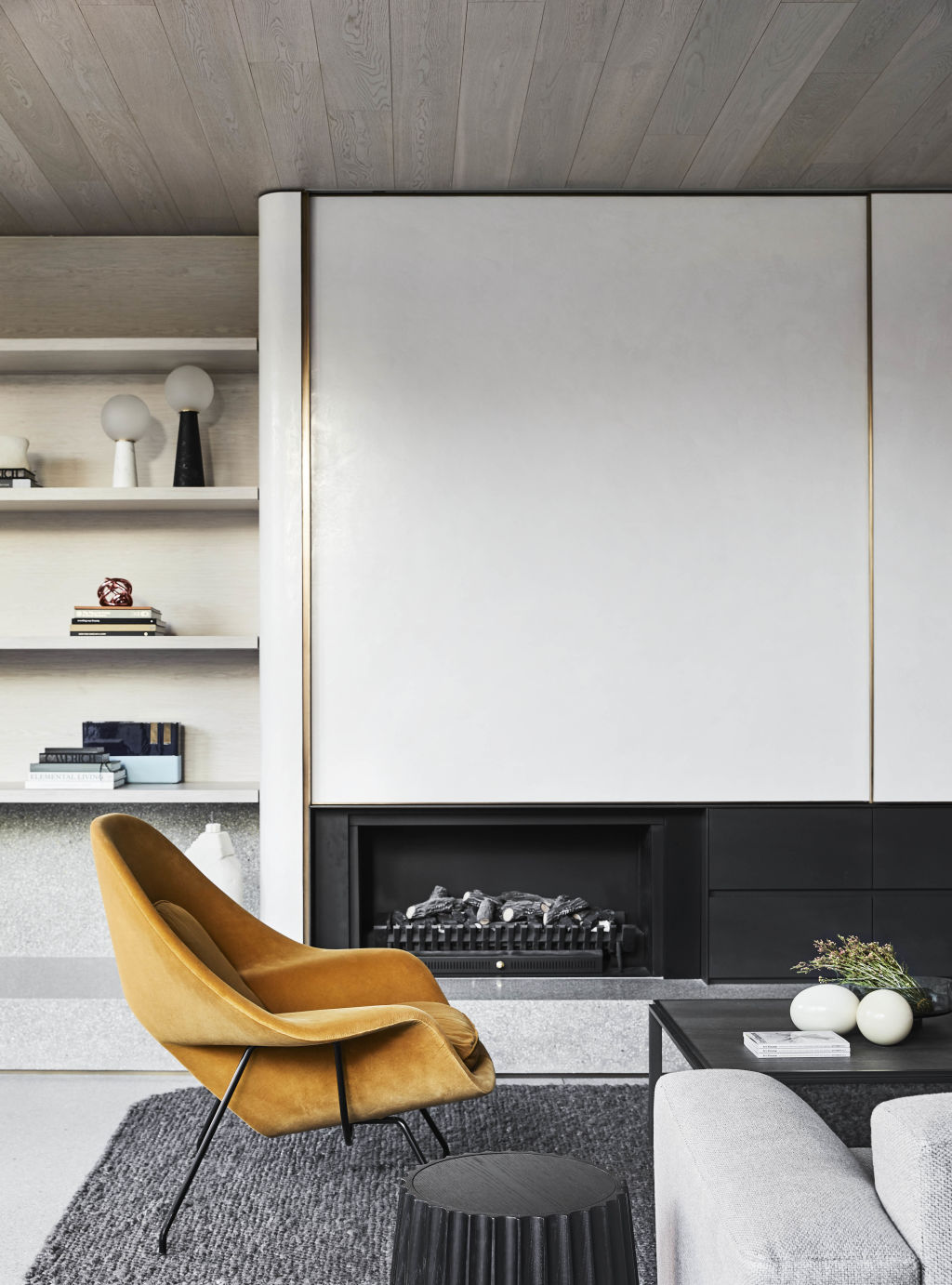
“People also gravitate to something that sparks some electricity in their mind too; whether that be through a piece of artwork, a chair or an object for emotional wellbeing,” says Fanning.
If you’re looking for a mood lift, you can’t go past an airy, breezy finish to your bedroom and living area.
“Pale finishes make you feel lighter,” Fanning says. “Sure there is an array of red, yellow and oranges you wouldn’t use from a psychology point of view, but there are definitely tones within those colours that are acceptable.”
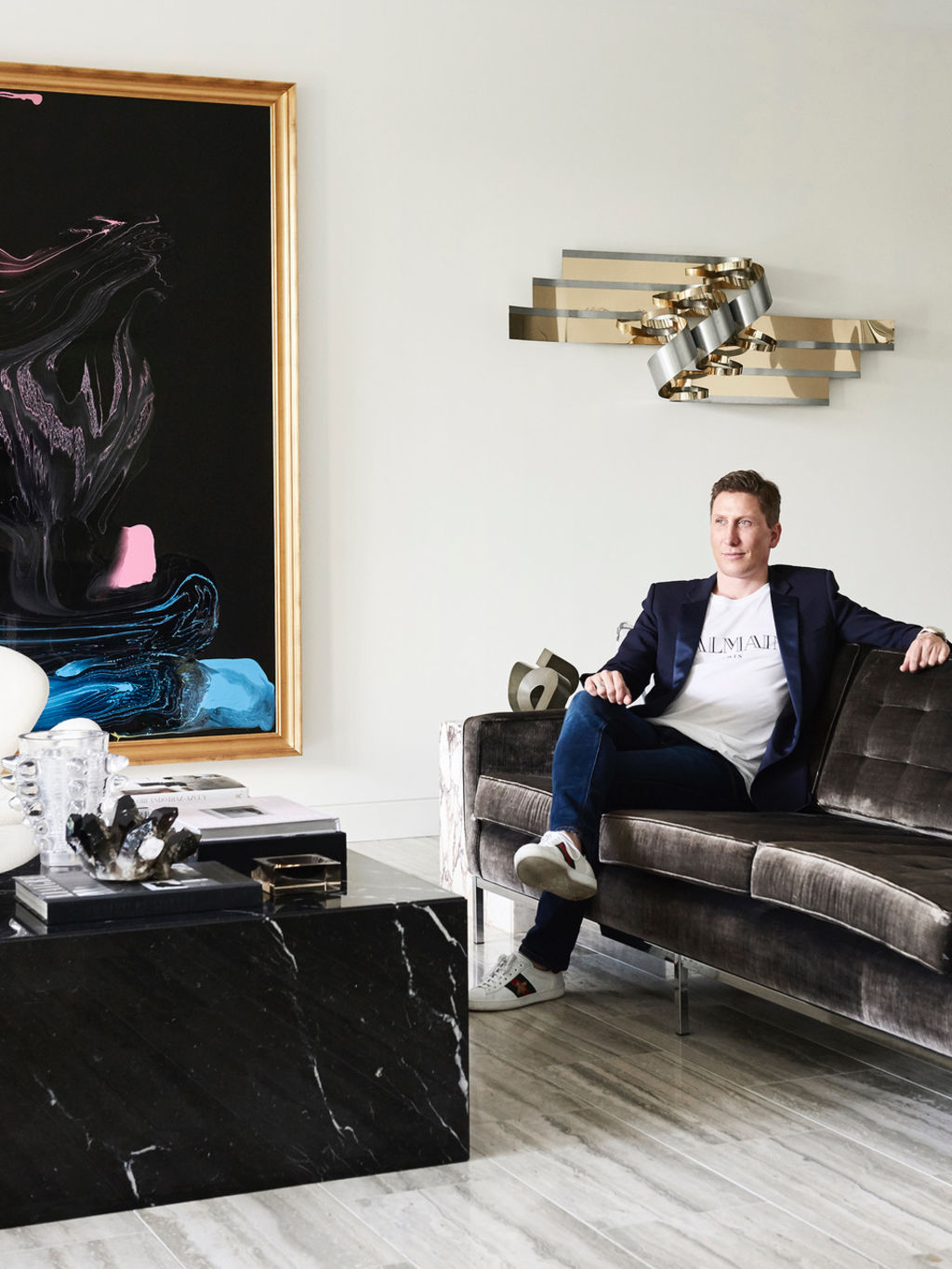
Interior designer David Hicks, who works on luxury apartments and homes in Australia and overseas, says he has been drawn to green or blue-based grey paints lately.
“Blue is a calming colour,” Hicks says. “And we’re pretty much hardwired as human beings to respond positively to green, too.”
He is also obsessing over warmer-based tones.
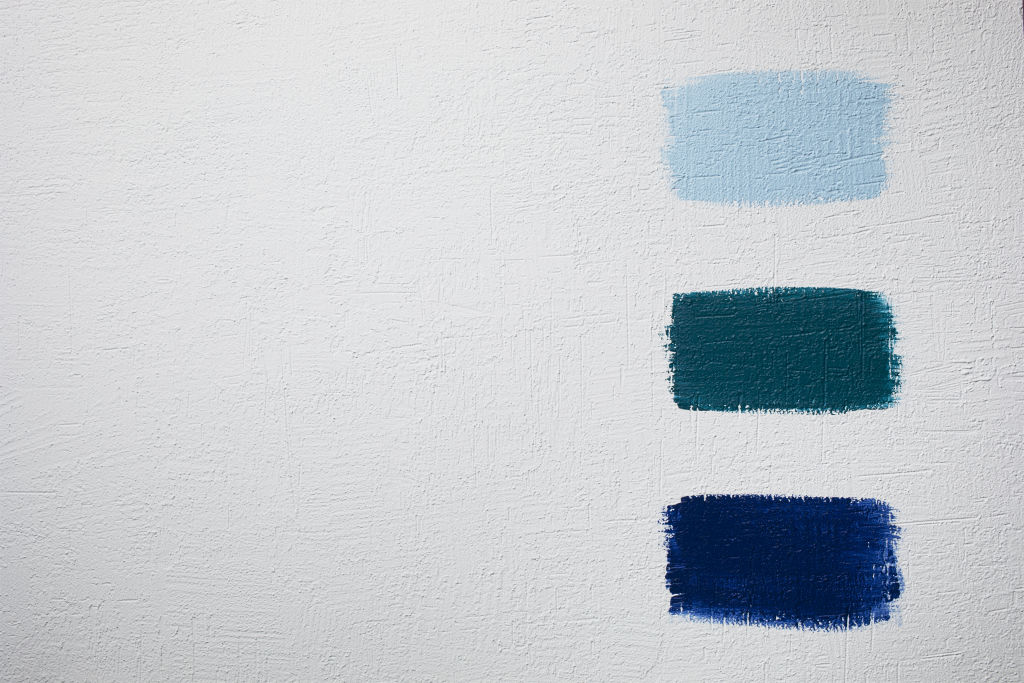
“Yellow-based paints are more emotionally stimulating,” Hicks says.
“It is said that yellow is the strongest psychological colour – the colour of trust and optimism, it cheers you up and stimulates focus.”
Another way to enhance your psychological wellbeing is by adding colour to your external walls.
Shannon Lamden from Hey, Nice Murals is all about boosting your emotional wellbeing through her celebratory wall art – a business she launched during the COVID-19 pandemic.

She designs and paints custom murals to boost backyard decor while adding life to a wall that would have been stared at blankly otherwise.
“The murals can really represent your personality and that of your home,” says Lamden, who mixes graphic design inspiration with tones that suit the client. It’s also for those risk-takers who want to add some vibrancy to their home.
“Murals are a way to bring happiness and joy to your life, as well as helping those who live there fall in love with their home again,” she says.
Lamden was recently commissioned to create a mural in the colour palette of her client’s favourite childhood sheet set – think 1970s tones of orange, elephant grey, peppermint and coral.
“I love being able to bring back an attachment like this memory to my client’s home, and for the whole family to create new memories around,” says Lamden.
“Colour palettes can evoke memories too … our personal association with colour comes to the forefront, whether unconscious or not. It does impact our mood and the way we live within that space.”
We recommend
We thought you might like
States
Capital Cities
Capital Cities - Rentals
Popular Areas
Allhomes
More
